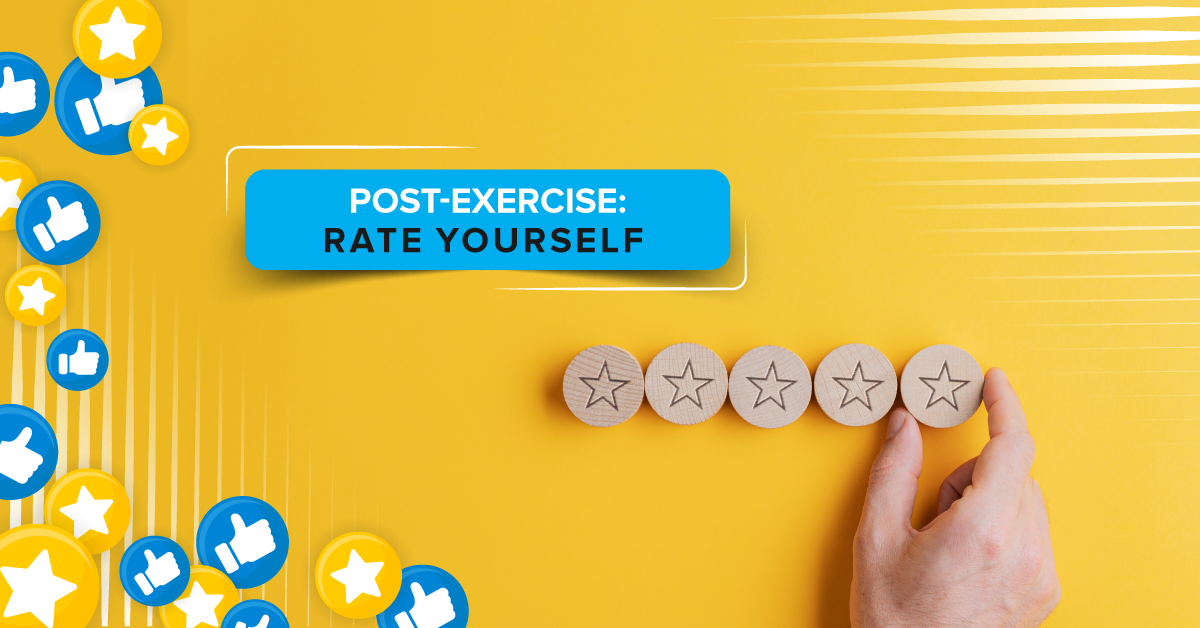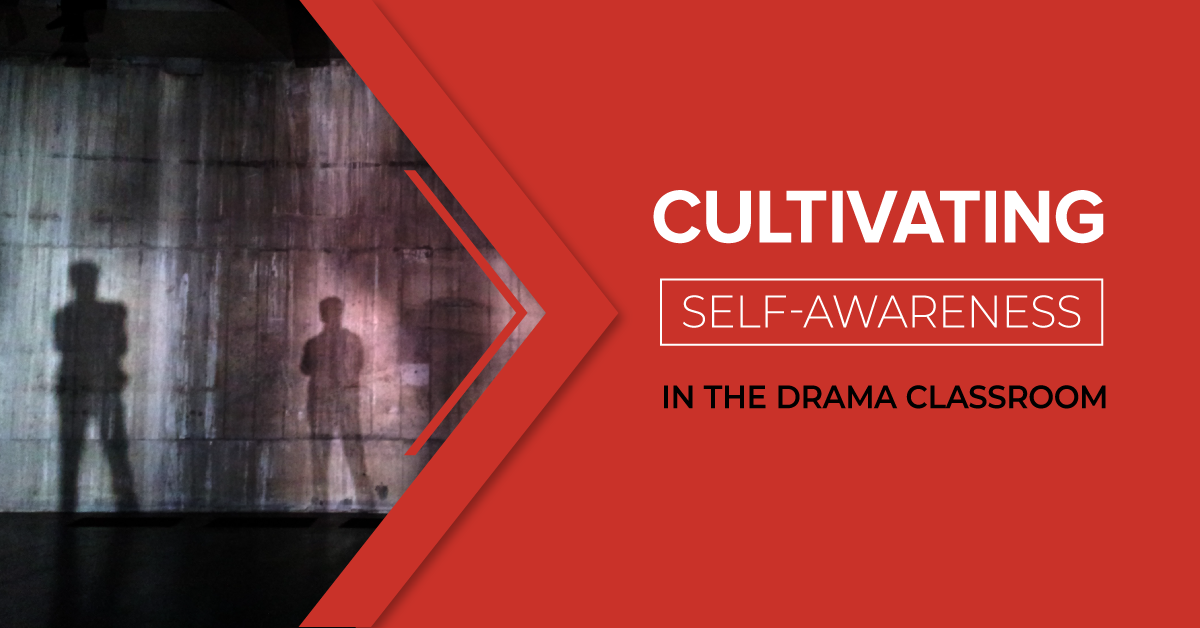Post-Exercise Exercise: Rate Yourself
One of the five categories of social and emotional learning is self-awareness. For students, part of being self-aware includes being able to identify their own levels of effort in exercises, games, and performance assignments in drama class, and then being able to rate and assess their efforts. Do they think they’re giving their best effort, or are they just doing the bare minimum to squeak by?
Start by observing your class while they’re doing active group work, such as preparing and presenting a group scene or tableau. Look over any evaluations or rubrics you’ve filled out for your students in the past, specifically relating to the effort they demonstrate in class. This will give you a baseline idea of what your students’ levels of effort appear to be.
Next, introduce the idea of being aware of effort with a class discussion. Here are some questions to get your students thinking:
- How can you tell if someone is giving their best effort, regardless of their talent or skill level?
- Why is it important to always give your best effort?
- Is your best effort always going to be the same? Why or why not?
- What is the difference between your assessment of your own effort and others’ assessments of your effort?
- What are the long-term results of continually giving only the minimum effort?
Then, after your next group game/exercise/performance assignment (or rehearsal run-through), ask your students how they thought it went. You might ask one of the following questions:
- If you had to rate that performance out of ten, what would you rate it?
(You can either have students call out a number or hold up their fingers.) - Was that performance ready for an audience?
- How would you feel if another class/another teacher/the principal saw that performance?
Always follow up with a clarification question: Why did they choose that rating? Why do they (or do they not) think the performance is audience-ready? What do they think the group needs to do to make the work better?
Give your own rating of the group’s effort out of ten. Compare and contrast your students’ feedback with your own. See if you and your students are on the same wavelength in terms of their perceived effort. Remind students that you’re seeing a different perspective of the moment: they’re doing the work, while you are observing the work.
This exercise can be used after any group performance work, or as a periodic check-in during the semester or term. If your students seem shy or hesitant to rate themselves verbally in class, have them fill out a reflection or exit slip to help them practice their self-awareness. The exit slip can be as simple as “Rate your effort in today’s exercise out of ten” or “Name one thing you can do to improve next time.” Or, use the more detailed reflection found below.



